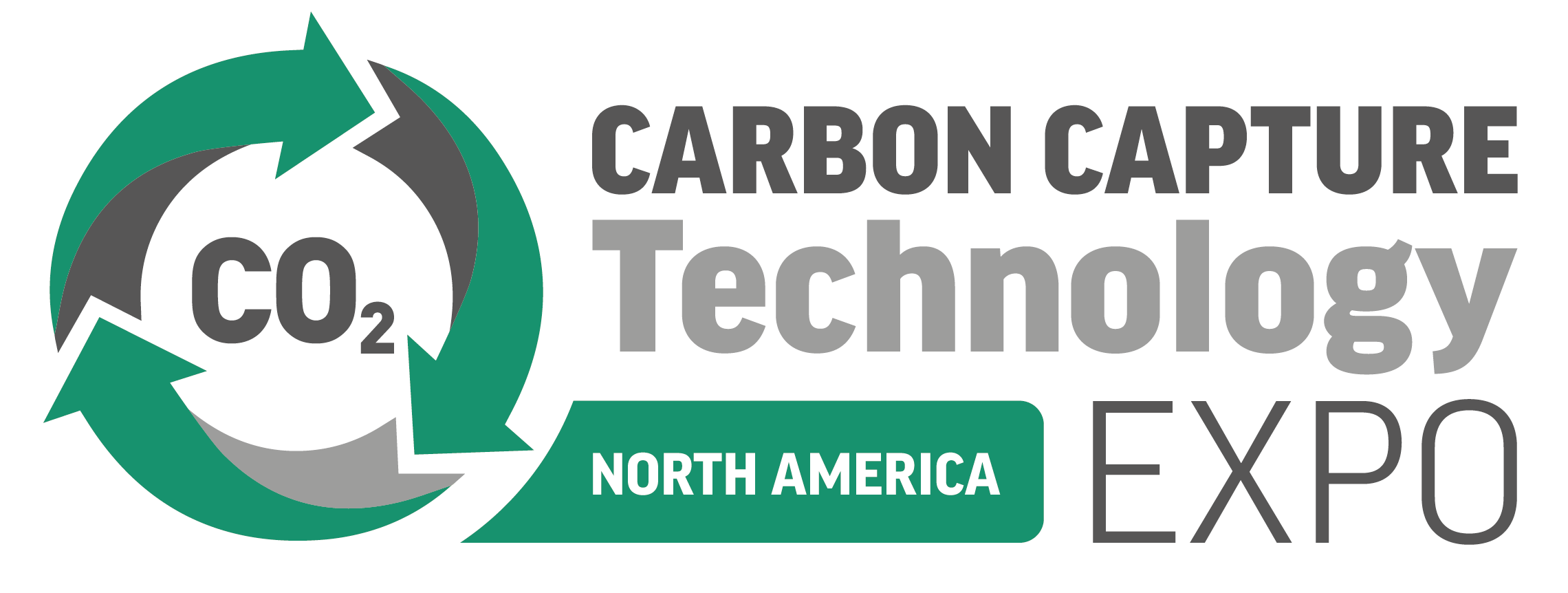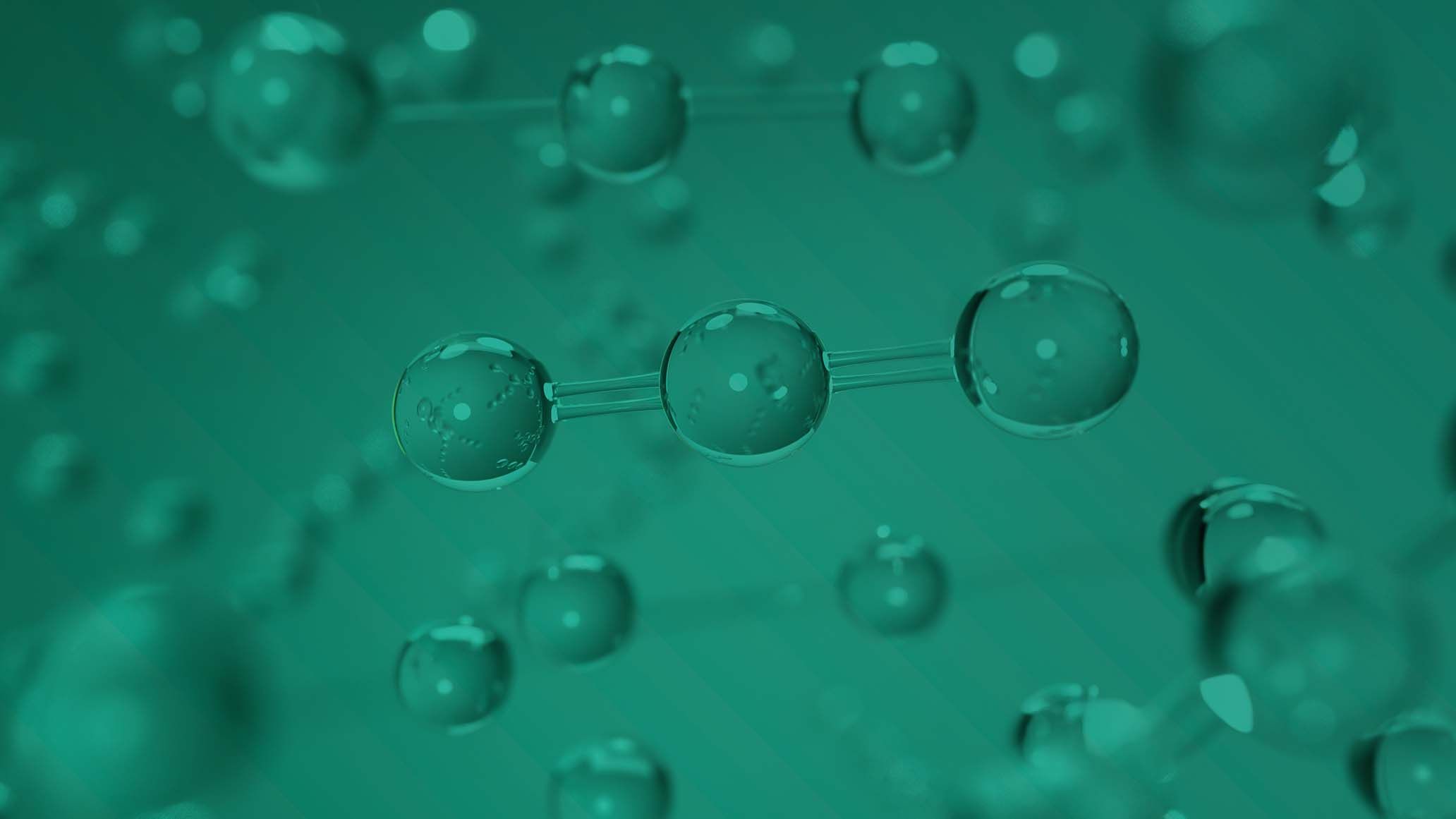Linde and Heidelberg Materials Unveil Large-Scale Carbon Capture Project
)
Heidelberg Materials and Linde have forged a joint venture named “Capture-to-Use” (CAP2U) to build and operate a CO2 capture and liquefaction plant with a capacity of around 70,000 tonnes of CO2 per year.
The plant, which is due to become the ‘world’s’ first industrial-scale carbon capture and utilisation facility (CCU) in the cement industry, is slated to begin operations in 2025 at Heidelburg Materials’ Lengfurt plant in Germany.
The facility will enable the captured CO2 from cement production to be reused as a raw material in manufacturing applications.
Linde Engineering will build and design the plant and amine scrubbing technology will be used. Heidelberg Materials has already successfully tested CO2 capture based on amine scrubbing technology on an extended laboratory scale at its Norwegian cement plant in Brevik between 2012 and 2016.
As part of the joint venture, the majority of the CO2 generated will be marketed by Linde to be used in the chemical and food industries. A small fraction will be used by Heidelberg Materials to drive forward new CO2 recycling and recarbonation technologies.
Both parties will make significant investments in the project which will be supplemented by 15 million euros from the Decarbonisation of industry funding programme on behalf of the German Federal Ministry of Economic Affairs and Climate Action (BMWK).
”We are pleased to implement the world’s first large-scale CCU project in the cement industry together with our partner Linde,” said Dr Dominik von Achten, Chairman of the Managing Board of Heidelberg Materials. “As part of our ambitious global CCUS strategy, we are currently driving forward a number of different industrial-scale carbon capture and utilisation projects.
This way, we aim to identify viable and efficient ways to reduce our carbon footprint and reuse CO2. The project in Lengfurt is scheduled to go into operations as early as 2025. The BMWK funding shows the importance that the German government also attaches to our joint project.”



)
)
)
)
)
)
)



)
)
)
)
)
)
)
)
)
)
)
)
)
)
)
)
)
)
)
)
)
)

)

)
)
)

)
)
)
)
)
)
)
)
)
)
)

)

)
)
)
)
)
)
)
)
)
)


)
)
)

)
)
)

)
)
)
)
)
